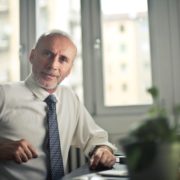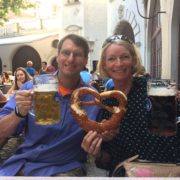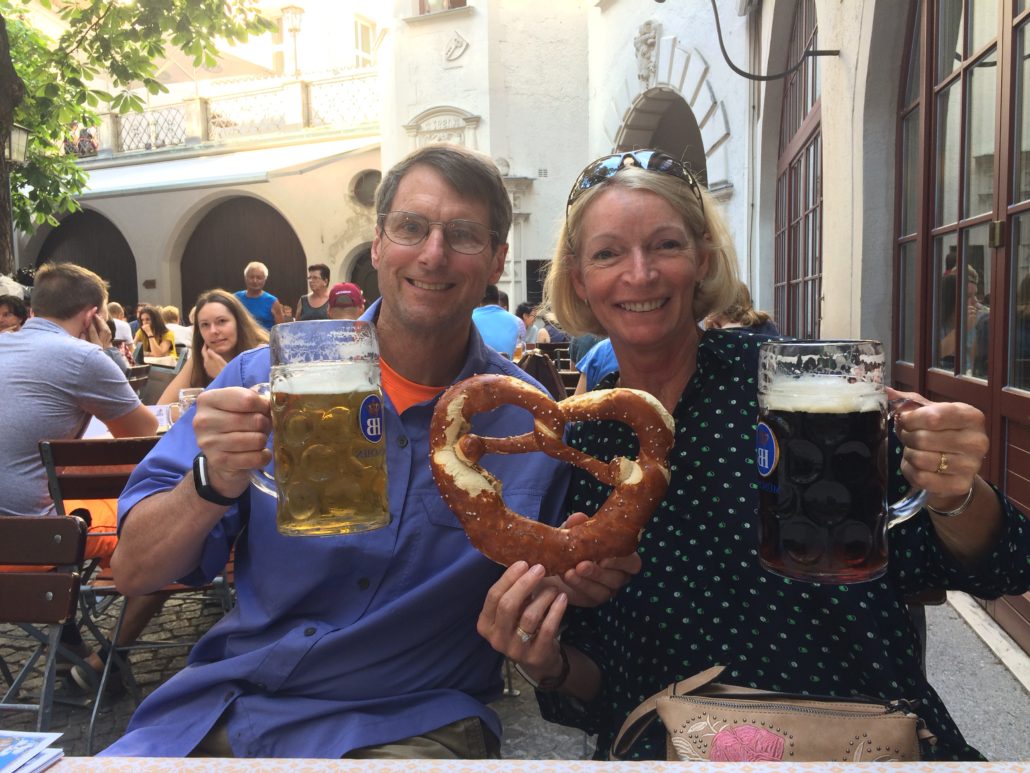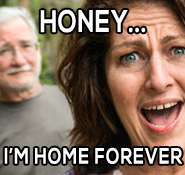Take-off? Or landing? – Time to Decide (an update)

“Life is a fatal disease. Once contracted, there is no hope for survival”
Dr. Walter Bortz, retired Stanford geriatric physician and one my heroes, made that statement in his 1984 book “Dare To Be 100”. It forms a backdrop for his message about our potential to live longer, healthier and more meaningful lives.
Dr. Bortz knows a thing or two (about growing old) because he’s seen a thing or two (thanks, J.K. Simmons). What better source than someone who has 50+ years of observing life, death, and survival?
A Google search today didn’t produce an obit on Dr. Bortz so I’m assuming he is still continuing to set a very active pace, at 89, taking a longevity message to audiences globally. Watch this two-minute video to get a taste of Dr. Bortz’s commitment to full-life potential.
I discovered Dr. Bortz and his book “Dare to Be 100” in 2013. Dr. Bortz was saying three decades ago what we now realize is the truth about what it takes to age successfully.
His seven books were a catalyst for me, providing a sensible “roadmap” to late-life health with facts and advice unencumbered by political or corporate influence.
 I find that most of us are repulsed by his claim that there is no reason we shouldn’t live to 100 or beyond. I get it – I carry the same images of extreme, prolonged frailty that we associate with growing old. We don’t want to be like those images in our head.
I find that most of us are repulsed by his claim that there is no reason we shouldn’t live to 100 or beyond. I get it – I carry the same images of extreme, prolonged frailty that we associate with growing old. We don’t want to be like those images in our head.
It’s a deeply ingrained attitude – but it’s naïve. I’ll stake that claim on the fact that we choose not to understand our biology. And because we don’t understand it, we do things that result in us “living too short and dying too long” and robbing ourselves of our full life potential – really the core of Dr. Bortz message.
I started this weekly printed pontification 20 months ago in an attempt to manifest a deepening desire to help people who have passed the 50-year milestone to pivot their attitudes regarding aging and to “Make Aging Work” by thinking and living bigger while slowing the aging process.
Oliver Wendell Holmes once said “Many people die with their music still in them. Too often it is because they are always getting ready to live. Before they know it time runs out.“
With boosts from the likes of Dr. Bortz and others that I’ve studied and followed, my hope is to help others live their whole life, sing all their song and to live longer, live better and finish out with vitality and a strong sense of purpose.
Been there – – – –
I passed the over-50 threshold some time ago – I’m a “pre-boomer” by four years, born in 1942. My life experiences and professional experiences as an executive recruiter and career transition coach, coupled with two decades of intense reading and study on human development and the aging process, has led me to two conclusions about how we age in this country.
- We don’t live long enough to truly die of old age because we choose not to understand how our bodies and minds function and thus subject them to repeated, long-term abuse and disuse.
- We allow myths, misconceptions, outdated models, dangerous cultural portals, deceptive advertising, deplorable government policies, and just plain complacency guide us to a premature demise.
Gap analysis
A prominent Yale physician, Dr. David Katz, founder of the school’s Prevention Research Center, got my attention a few years ago when I heard him say:
“We know all that we need to know to reduce, by 80%, the five major killing diseases in our culture – heart disease, stroke, diabetes, cancer, and dementia. We don’t need more new fancy drugs or expensive new equipment and technology or more Nobel prizes. We already know what we need to know.”
I believe Dr. Katz’ position extends logically to aging: we know all we need to know to live healthier, longer and more productively.
We have a 35-40 year gap between our 80-year average life span and the length of time our bodies appear to be designed to last. The benchmark of 122 ½ years supposedly set by Ms. Jeanne Calment of Paris is currently being debunked by some. So if it turns out to be a myth, that cedes the record to another confirmed record holder at 116 – hardly a difference to get wrapped around the axle about.
Why the gap between our potential and our average, between what we already know and what we do to stay healthy and live longer? Take #2 above and stir in ignorance (as in ignoring best practices), instant gratification, comparison, stress, lack of purpose and I believe we are close to the answer.
Feel free to add your own thoughts to this toxic brew.
Quixotic as it may seem, I’m choosing to join the voices of those who are working to dilute this brew and close this gap.

Granted, this journey may be like “tilting at windmills” but I’m venturing forth nonetheless with my crusade-like mission, sharing what I hope will be valuable, meaningful information and resources.
I’m grateful for the readers that have remained with me and with the growth in readership that is taking place. I’m especially grateful for the feedback readers have been sharing with me, validating my message.
Despite what our society would have us to believe, we can truly make our second-half of life work for us in a big way rather than against us.
Life to 100 and beyond with energy, enthusiasm, and purpose is now one of the fastest growing realities of our age. Centenarians are growing at 8X the rate of any other population demographic in our country. We are learning what it takes to “live longer, die shorter” or “die young, as late as possible” and finish out with a purpose having left a footprint.
I’ve become a fan of neuropsychologist Dr. Mario Martinez. His two books, “The Mindbody Code” and “The Mindbody Self” are challenging projects that are transformational in revealing how our view of the aging process is distorted, demeaning, and destructive.
In “The Mindbody Code”, he says:
“Growing older is a natural process we all experience. Aging, on the other hand, is a dysfunctional concept, an assimilation of cultural portals that define how our biology ‘should’ respond to the passage of time.”
He challenges us to step out of the portals imposed on us by our culture in order to achieve our full life potential, saying:
“- – you can modify ‘aging consciousness’ in a society that does not support growing older for what it is: an opportunity to increase your value and competence.”
Makes a lot of sense to this septuagenarian. How about you?
I invite you to join the conversation and the crusade. Please share your thoughts, insights, experiences – and pin my ears back if you disagree or if you feel I’ve slipped over into hyperbole.
I look forward to your feedback. Please leave a comment below.
P.S. Here’s a link to a very poignant one-minute video from the Heart and Stroke Foundation of Canada that will make you stop and think. Enjoy





 If there’s any doubt, count the number of drug commercials that you will experience in any given hour of TV viewing. None of which make any mention of prevention – all trying to mop up instead of turning off the spigot.
If there’s any doubt, count the number of drug commercials that you will experience in any given hour of TV viewing. None of which make any mention of prevention – all trying to mop up instead of turning off the spigot.







